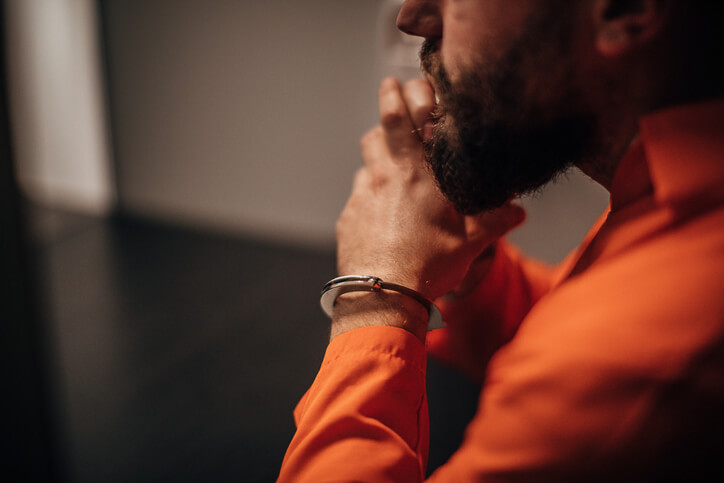Is a criminal trial a “search for the truth”?

For a good exploration of the idea of a trial as a truth seeking inquiry, I recommend an online essay by Harvard Law Professor Alan Dershowitz, described by Frontline as a clear and compelling explanation by renowned legal expert Alan Dershowitz on how there are several kinds of “truths” in a criminal trial — as demonstrated in the Simpson case — and how the search for “truth” in the U.S. system of criminal justice differs greatly from other “more single-minded searches for truth,” such as in a scientific or historical inquiry.
From the introduction:
The term “search for truth” was repeatedly invoked by both sides of the Simpson case. A review of the trial transcript reveals that this phrase was used more than seventy times. The prosecutors claimed that they were searching for truth and that the defense was deliberately obscuring it. Where it was in their interest to have the jury hear evidence that would hurt Simpson — such as the details of arguments between him and his former wife — the prosecutors argued that the search for truth required the inclusion of such evidence, despite its marginal relevance. On other occasions, they argued that the search for truth required the exclusion of evidence that demonstrated that one of their key witnesses, Los Angeles Police Detective Mark Fuhrman, had not told the truth at the trial. The defense also claimed the mantle of truth and accused the prosecution of placing barriers in its path. And throughout the trial, the pundits observed that neither side was really interested in truth, only in winning. They were right — and wrong.
In observing this controversy, I was reminded of the story of the old rabbi who, after listening to a husband complaining bitterly about his wife, replied, “You are right, my son.” Then, after listening to a litany of similar complaints from the wife, he responded, “You are right, my daughter.” The rabbi’s young student then remarked, “But they can’t both be right” — to which the rabbi replied, “You are right, my son.” So too, in the context of a criminal case, the prosecution is right when it says it is searching for truth — a certain kind of truth. The defense is also searching for a certain kind of truth. Yet both are often seeking to obscure the truth for which their opponent is searching….
The truth is that most criminal defendants are, in fact, guilty. Prosecutors, therefore, generally have the ultimate truth on their side. But since prosecution witnesses often lie about some facts, defense attorneys frequently have intermediate truth on their side. Not surprisingly, both sides emphasize the kind of truth that they have more of. To understand this multilayered process, and the complex role “truth” plays in it, it is important to know the difference between a criminal trial and other more single-minded searches for truth.
The criminal trial is quite different in several important respects. Truth, although one important goal of the criminal trial, is not its only goal. If it were, judges would not instruct jurors to acquit a defendant whom they believe “probably” did it, as they are supposed to do in criminal cases. The requirement is that guilt must be proved “beyond a reasonable doubt.” But that is inconsistent with the quest for objective truth, because it explicitly prefers one kind of truth to another. The preferred truth is that the defendant did not do it, and we demand that the jurors err on the side of that truth, even in cases where it is probable that he did do it. Justice John Harlan said in the 1970 Supreme Court Winship decision that, “I view the requirement of proof beyond a reasonable doubt in a criminal case as bottomed on a fundamental value that it is far worse to convict an innocent man than to let a guilty man go free.” 3 As one early-nineteenth-century scholar explained, “The maxim of the law … is that it is better that ninety-nine … offenders shall escape than that one innocent man be condemned.” More typically, the ratio is put at ten to one.
————–
Excerpted from Reasonable Doubts by Alan Dershowitz. Copyright © 1996 by Alan Dershowitz. Reprinted here by permission of Touchstone, an Imprint of Simon & Schuster, Inc., which I recommend to lawyers, judges and students and anyone who wants to know how the legal system works.
For more information, contact the Law Office of Richard Ellison, P.C. for a consultation.
